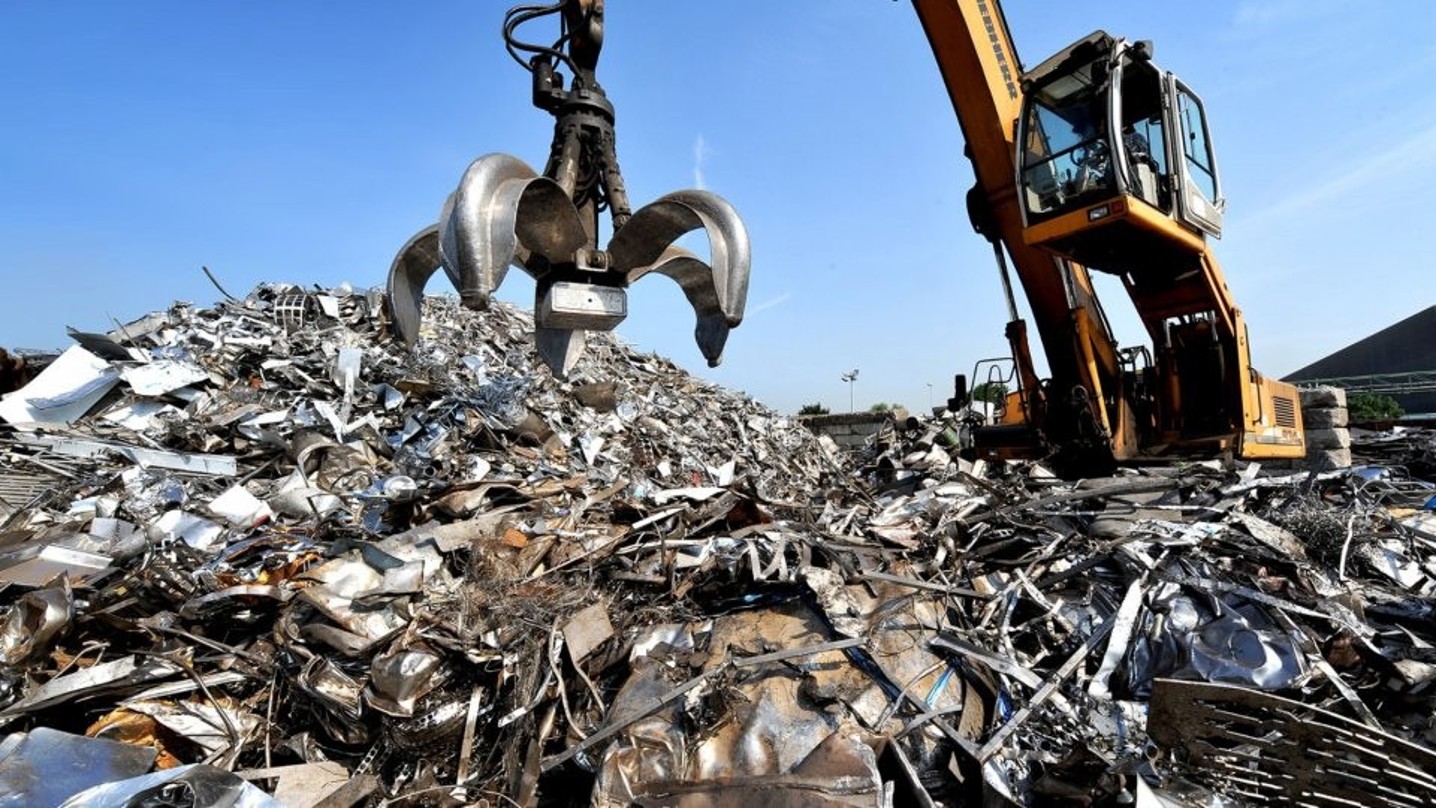Analysis

July 2, 2021
Construction Spending Erodes Further in May
Written by David Schollaert
Supply chain disruptions, rising materials prices and labor shortages continued to slow construction spending in May, reported the Associated General Contractors of America (AGC). Officials with the association called on the Biden administration to remove tariffs on key construction materials, allow unemployment supplements that are keeping people out of the workforce to expire and take steps to address supply chain backups.
“Many construction firms would likely be even busier if only they could find materials for their projects and workers for their teams,” said Stephen Sandherr, AGC’s CEO. “Ending a program that is basically paying people not to work will help, especially if the administration also removes tariffs that are driving prices up on key construction materials.”
Construction spending in May totaled $1.55 trillion at a seasonally adjusted annual rate, down 0.3% from the pace in April, but 7.5% higher than the pandemic-depressed rate in May 2020. As has been true for the past several months, residential construction saw year-over-year gains while nonresidential construction spending lagged. The residential construction segment climbed 0.2 percent for the month and 28.2 percent year-over-year.
Private nonresidential construction spending fell 1.1 percent from April to May and 5.8 percent since May 2020, with year-over-year decreases in all 11 subsegments. The largest private nonresidential category, power construction, fell 1.2 percent year-over-year and 1.6 percent from April to May. Among the other large private nonresidential project types, commercial construction—comprising retail, warehouse and farm structures—retreated 2.6 percent year-over-year and 0.7 percent for the month. Manufacturing construction fell 3.2 percent from a year earlier and 2.7 percent from April. Office construction decreased 8.3 percent year-over-year but remained flat from April.
Public construction spending plunged 8.7% year-over-year and 0.2% for the month. Among the largest segments, highway and street construction declined 4.3% from a year earlier, although spending rose 1.4% for the month. Public educational construction decreased 14.2% year-over-year and 1.9% in May. Spending on transportation facilities fell 10.4% over the 12-month period and 1.9% in May.
Association officials highlighted the stark contrast between states that have ended unemployment enhancements versus those that continue to provide the added benefits. States that have cut the benefits have experienced an increase in the number of workers looking for employment, while firms in other parts of the country are still struggling to find qualified workers to hire.
“Being able to find workers is important, but contractors also need materials delivered on time and at a reasonable cost to be successful,” Sandherr said.







